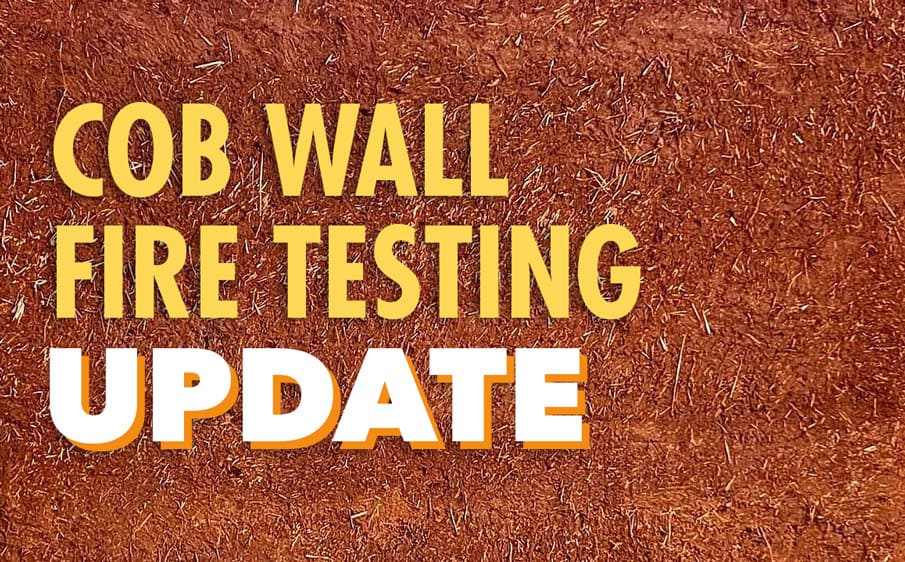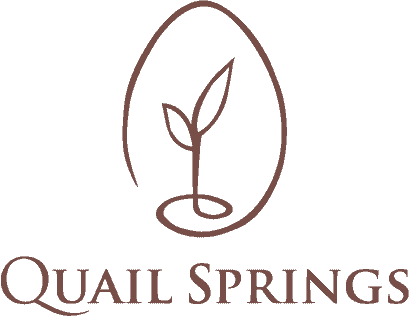Not that many generations ago, our ancestors built houses primarily from materials found on the site they were building, or very close by. The industrial revolution brought transportation of materials all over the world, as well as the manufacturing and processing of materials of all kinds. Many of these developments and manufactured products are incorporated into the buildings we build, but it’s important to remember that buildings can be constructed primarily from local materials that have been very minimally processed. Even today, earth remains the most common building material on the planet. There are many ways of using earthen materials to create wall systems, and a variety of methods can be found in most countries.
In the past few decades, there has been a revival of a method called cob, or monolithic adobe. It is similar to adobe in materials but differs in the building process. Rather than making bricks and then stacking them as in adobe, you build with the material in its wet form, creating one monolithic structure.
In 2019 cob building was accepted by the International Code Council (ICC), but there are still barriers to making these methods more accessible. We have centuries of examples, experience, and practice, but there is little technical modern data. Quail Springs teamed up with students at Cal Poly and performed seismic testing on a variety of cob walls a few years ago, and the next round of data needed is from fire testing.
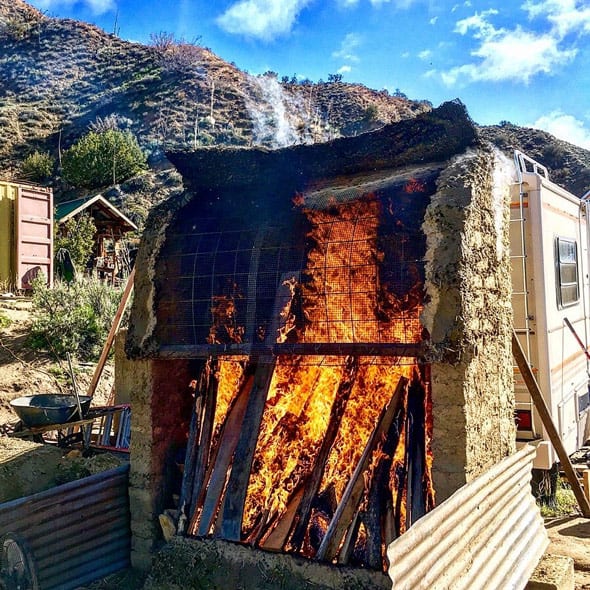
In May, our natural building team went to Texas to build a cob wall inside of a fire testing facility. The wall will need to dry for at least six months before it is tested, so we do not have the results yet. The process of the test is to blast the wall with high heat on one side, then rotate the wall with a crane, and blast it with a fire hose. The heat and fire we feel confident about, but the fire hose stream is more unknown. In an actual wildfire situation, the wall would not actually be on fire to warrant a fire hose blasting it for several minutes. This is another example of how the modern testing does not always fit, work, or make sense with these materials. In our unofficial test, we found that the hotter the fire had been against a section of the wall, the better it held up to the fire hose.
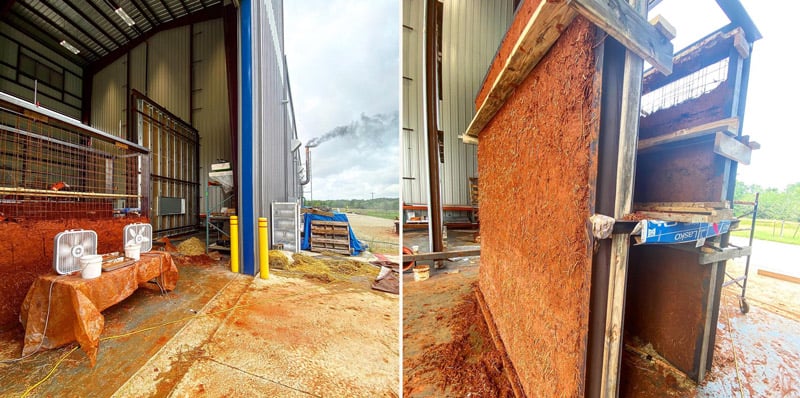
These materials are inherently free or very cheap, locally accessible, and these walls can be built by people without a huge amount of expertise. This also makes testing them quite difficult. How do you fund testing a material that no one will profit off of? How you do streamline a material when the objective is to make it with materials found locally?
We hope one day that housing can once again be recognized as a basic human right, and that building a home for oneself and one’s family will be accessible to all.
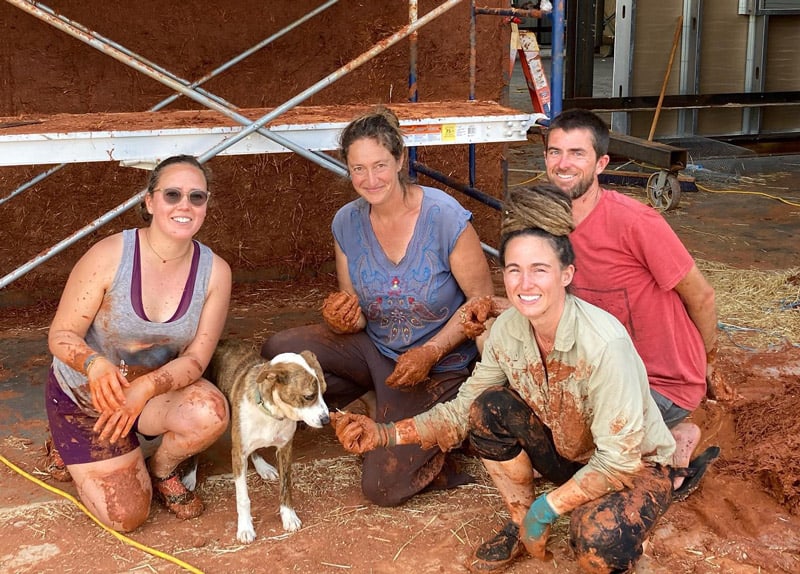
We want to express our utmost gratitude to the whole team who made this project possible:
Thank you to everyone who donated for the building and testing of these walls. Extreme gratitude for our Natural Building team, Sasha Rabin and John Orcutt, for leading the building aspect of this project and holding all the pieces and putting them together for the past two years! And a huge thank you to Daiva Trudeau and Jess Shockley for joining our crew at a moment’s notice. What a dream team of natural builders! We’re all so grateful for our structural engineer Anthony Dente of Verdant Structural Engineers, our fire engineer Nicholas Bartlett and our all around everything else partner Art Ludwig of Oasis Design (without Art, we wouldn’t even be here!). Big thanks to the crew at the ICC NTA testing facility.

